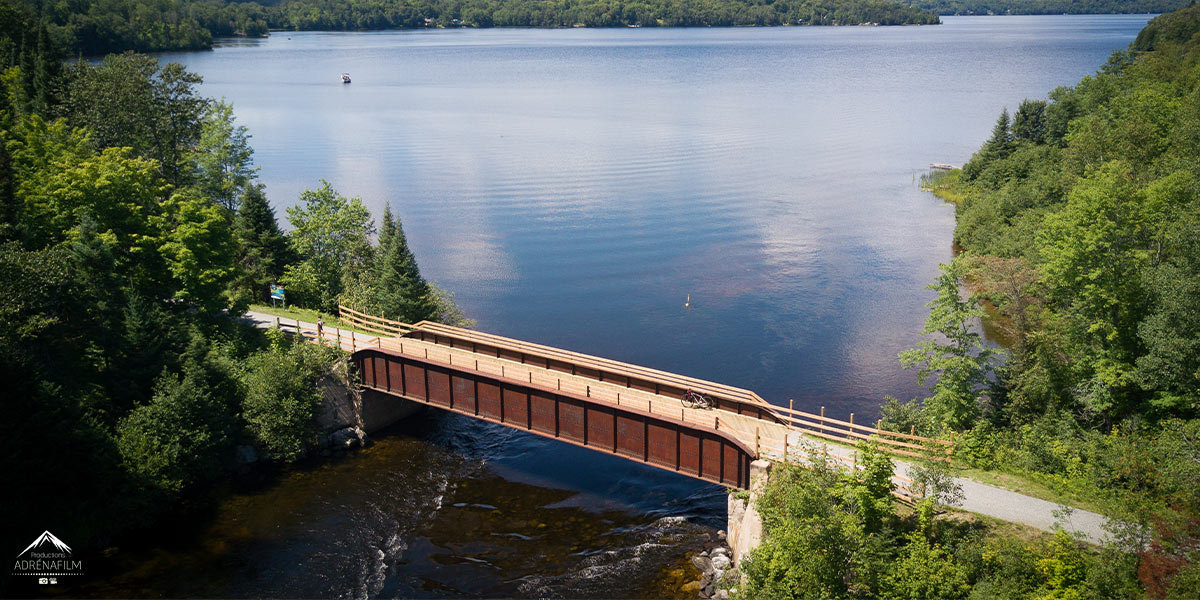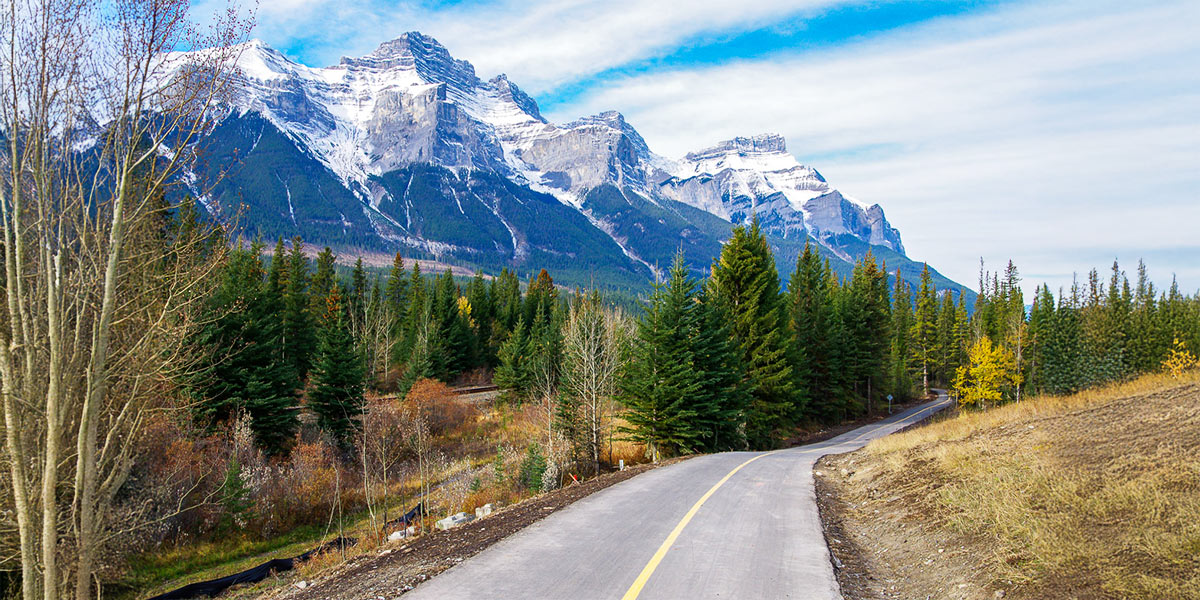Jacqueline’s Trans Canada Trail: A Fork in the River

Written by Jacqueline L. Scott
So, this is where it will end. The river slithered along the bank gently wetting the beach of beige sand. My fingers played in the cool waters creating eddies that danced and then disappeared. My knees grew tired of squatting, forcing me to stand up, stretch and continue my stroll along the Red River.
I read the river as I walked along its borders by the Trans Canada Trail in Winnipeg. The Red River is a Canadian Heritage River and is linked to the fur trade. In the past, hundreds of people in canoes paddled along the waterway, trading furs and manufactured goods, stories and knowledge. Today, in the summer, tourist boats ply the river.
Walking into fur traders

Winnipeg is roughly in the middle of Canada. Rivers around the city flow in all four directions, connecting the west to the east, and the north to the south. Winnipeg is still a meeting place for Indigenous communities. It was a crucial transport hub in the fur trade era.
The trees were silent that autumn afternoon. Sunlight shimmered over their leaves of red, pink and yellow. A Dark-eyed Junco flitted from a branch, down to the ground. Startled by a pair of bigger Blue Jays — pretty but acting more like school yard bullies — the little Junco dashed into the shrubs. Then honking filled my ears as a flock of Canada Geese dropped out of the sky. Wings outstretched and feet extended, the birds glided to a soft stop on the river.
I needed a rest. Sitting on a bench, I took off my jacket and shoes, and let the sun bathe my face and feet. I sipped some spiced tea from my thermos and munched on a granola bar. In the fur trade days, it would have been pemmican. This mixture of dried buffalo meat, fat and ripe berries has been a staple food of Indigenous communities for millennia.
Pemmican is energy-filled, lightweight and long-lasting. It became a primary food for voyageurs paddling their massive freight canoes filled with furs and trade goods. This food was so important that it sparked a decade-long conflict — the Pemmican War — between rival fur companies. The 1820s skirmish was centred along the Red River.
Face to face with history along the Assiniboine River

Walkers, runners and cyclists shared the hard-packed dirt trail. I resumed my stroll until I came to a fork in the waterway. The trail turned right, following the Assiniboine River. I tailed it to the massive bronze statue of Louis Riel at the back of the Parliament Buildings. This Métis leader fought for the rights of his community and is a founder of modern Manitoba.
A little boat chugged along the river. I thought of Daniel T. Williams canoeing on a Manitoba river in 1873. He was one of the hundreds of Black people living in the prairies in the 1800s. There were Black fur traders, farmers, cowboys and ranch-owners. Later, they worked on the railways as sleeping car porters. Rosa Shannon was a farmer. Mildred Jane Ware was a rancher and a doctor.
Many buffalo (or bison) sculptures, murals and mosaics can be found in the park and along the river trail. I spotted them too in my walks around the city. Each time I saw one, it triggered memories of Bob Marley singing Buffalo Soldier. Millions of buffalo once roamed the prairies. Farms, ranches and over-hunting pushed them towards extinction. Today the buffalo are back due to conservation efforts.
From Manitoba to Montreal by canoe

I sauntered back to the start of my stroll, up the embankment, across the park and to the market and cafés at The Forks. There were many types of foods to choose from, and I settled on a Sri Lankan rice and curry chicken dish.
Back in the park, I watched prairie dogs poke their heads out of their burrows and bark to each other. They looked like fat beige squirrels with large doe eyes. They sounded like whimpering puppies.
Strolling over to a bridge, I paused in the middle and took in the long vista of the rivers meandering across the land, and the trees dressed for their finest autumn ball. A constant daydream is to canoe a key fur trade route, from Montreal to Manitoba. I want to do it for the fun and adventure, and to reconnect with the Black and Indigenous histories along the route. The pilot test is next year. The epic canoe trip will end here, at the fork, between the Red and Assiniboine rivers.
Jacqueline L. Scott is a scholar, writer and activist on race and nature. She has a PhD from the University of Toronto. Her thesis is called Being Black outdoors: The perception of the wilderness in the Canadian imagination. Follow her on her blog and on Instagram @Blackoutdoors1.

















